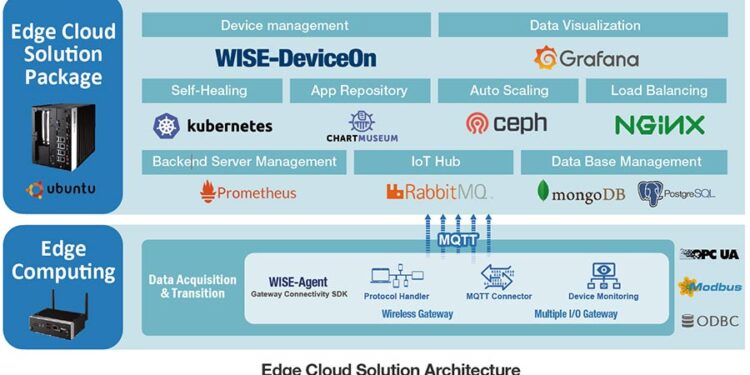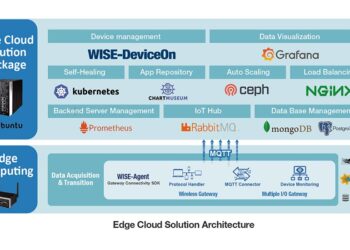As the spotlight shines on Evaluating Cloud-Integrated Edge Server Solutions for Next-Gen Networks, readers are invited into a realm of expertly crafted insights, promising a reading experience that is both informative and refreshingly original.
The subsequent paragraph will delve into providing a detailed and insightful overview of the topic at hand.
Introduction to Cloud-Integrated Edge Server Solutions
Cloud-Integrated Edge Server Solutions refer to the combination of cloud computing capabilities with edge servers located closer to end-users. These solutions play a crucial role in next-generation networks by enabling faster data processing, reduced latency, and improved overall network performance.
Role of Cloud-Integrated Edge Server Solutions in Next-Gen Networks
Cloud-Integrated Edge Server Solutions act as a bridge between centralized cloud data centers and end-user devices, bringing computing resources closer to where data is generated and consumed. This proximity allows for quicker data processing and response times, making them essential for applications requiring real-time data analysis and low latency.
- Enhanced Performance: By distributing computing resources closer to end-users, Cloud-Integrated Edge Server Solutions help reduce latency and improve overall network performance.
- Scalability: These solutions offer the flexibility to scale resources based on demand, ensuring optimal performance during peak usage periods.
- Data Privacy and Security: Edge computing minimizes the need to transmit sensitive data over long distances to centralized data centers, enhancing data privacy and security.
Importance of Evaluating Cloud-Integrated Edge Server Solutions for Network Optimization
Evaluating Cloud-Integrated Edge Server Solutions is crucial for organizations looking to optimize their networks for efficiency and performance. By assessing factors such as data processing speed, scalability, security measures, and cost-effectiveness, businesses can select the most suitable solution to meet their specific network requirements.
- Cost-Efficiency: Proper evaluation helps in determining the cost-effectiveness of implementing Cloud-Integrated Edge Server Solutions compared to traditional network architectures.
- Network Resilience: Understanding the capabilities of these solutions allows organizations to enhance network resilience and ensure uninterrupted operations.
- User Experience: By evaluating Cloud-Integrated Edge Server Solutions, businesses can improve the overall user experience by reducing latency and enhancing response times.
Key Features to Consider
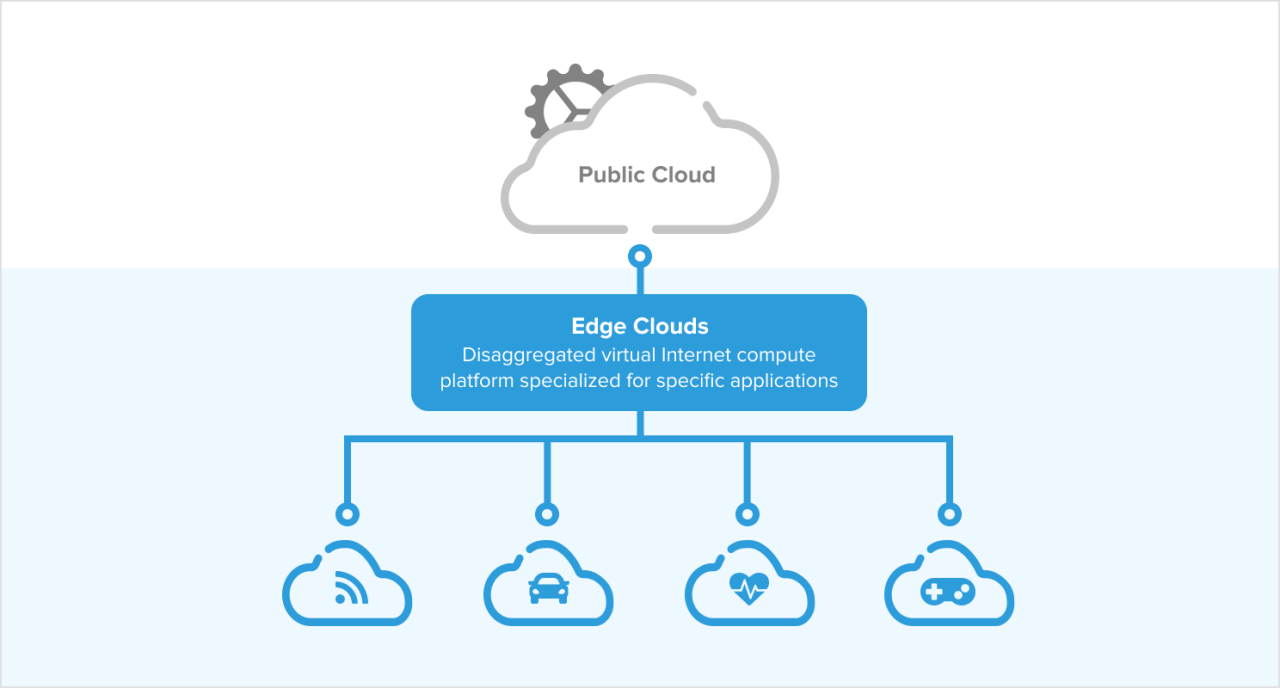
When evaluating cloud-integrated edge server solutions for next-gen networks, it is essential to consider key features that can significantly impact network performance. These features play a crucial role in enhancing scalability, security, and latency management, ultimately optimizing the overall network efficiency and user experience.
Scalability
Scalability is a critical feature to consider when choosing a cloud-integrated edge server solution. The ability of the solution to scale seamlessly according to the network demands ensures that resources can be efficiently allocated, preventing bottlenecks and downtime. A scalable solution allows for the easy addition of new edge servers as network traffic grows, maintaining high performance levels.
Security
Security is paramount in today's digital landscape, making it a key feature to evaluate in cloud-integrated edge server solutions. Robust security measures such as encryption, access control, and threat detection are essential to safeguard data and prevent unauthorized access. A secure solution ensures the confidentiality and integrity of data transmitted across the network, protecting against potential cyber threats.
Latency Management
Effective latency management is crucial for ensuring fast and reliable network performance. Cloud-integrated edge server solutions that prioritize low latency can significantly reduce delays in data transmission, enhancing real-time communication and application responsiveness. By minimizing latency, users can experience seamless connectivity and improved overall network performance.
Implementation Challenges and Solutions
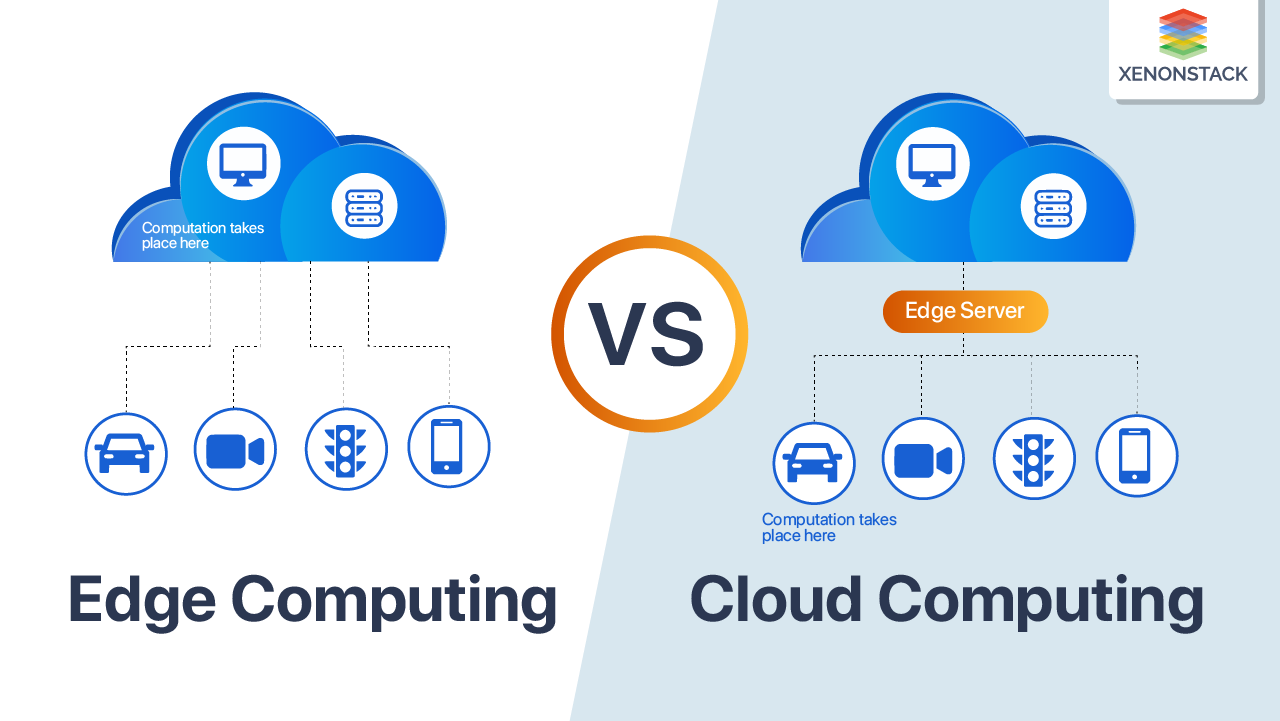
Implementing cloud-integrated edge server solutions can pose various challenges that need to be addressed effectively to ensure smooth operations and optimal network efficiency.
Identifying Common Challenges
- Lack of Standardization: The absence of standardized protocols and interfaces can lead to interoperability issues between different components of the network.
- Security Concerns: Protecting sensitive data and ensuring secure communication between edge devices and the cloud can be challenging due to potential vulnerabilities.
- Latency and Bandwidth Constraints: Managing latency and bandwidth limitations in distributed edge environments can impact the overall performance of the network.
Strategies for Effective Solutions
- Standardization Efforts: Encouraging the adoption of common standards and protocols can enhance interoperability and streamline communication between edge servers and cloud resources.
- Implementing Robust Security Measures: Employing encryption, authentication mechanisms, and access controls can help mitigate security risks and safeguard data transmitted across the network.
- Edge Computing Optimization: Utilizing edge computing capabilities to process data closer to the source can reduce latency and alleviate bandwidth constraints, improving overall network efficiency.
Impact on Network Efficiency
Overcoming implementation challenges in cloud-integrated edge server solutions can significantly enhance network efficiency by enabling seamless communication, reducing latency, optimizing resource utilization, and enhancing overall performance. By addressing these challenges effectively, organizations can unlock the full potential of next-gen networks and deliver enhanced services to users.
Use Cases and Industry Applications
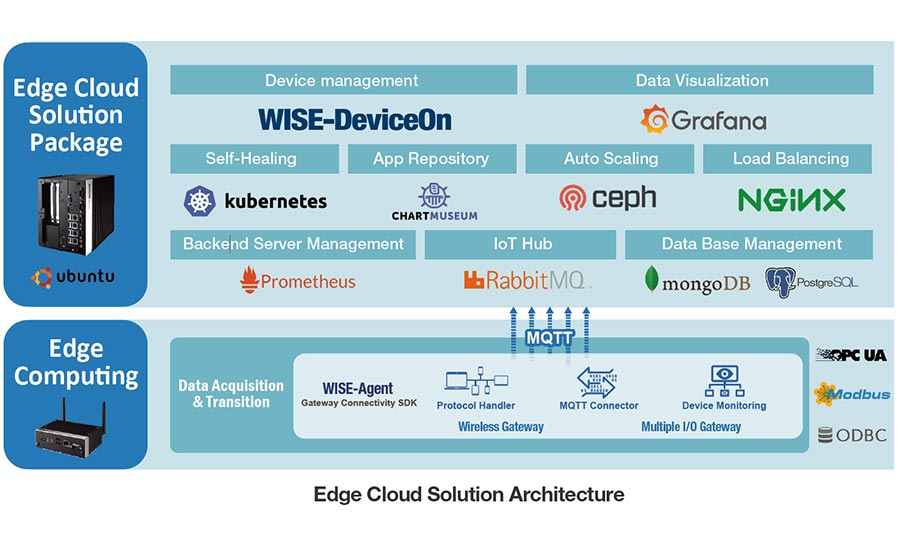
Cloud-integrated edge server solutions have found a wide range of use cases and applications across various industries, offering unique advantages and benefits. Let's explore some real-world examples and industry applications where these solutions have proven to be highly effective.
Healthcare Sector
In the healthcare sector, cloud-integrated edge server solutions play a crucial role in enabling real-time data processing and analysis for patient monitoring, telemedicine, and remote diagnostics. By bringing computing power closer to the point of care, these solutions help healthcare providers deliver faster and more accurate treatments, ultimately improving patient outcomes.
- Facilitating remote patient monitoring and telehealth consultations.
- Enhancing the efficiency of medical imaging and diagnostic processes.
- Improving the security and privacy of patient data through edge computing.
Finance Industry
Within the finance industry, cloud-integrated edge server solutions are leveraged to support high-frequency trading, fraud detection, and real-time market analysis. These solutions enable financial institutions to process large volumes of data quickly and securely, ensuring faster decision-making and improved risk management.
- Enabling real-time fraud detection and prevention in financial transactions.
- Supporting high-speed trading operations with low latency and high reliability.
- Enhancing customer experience through personalized and responsive financial services.
Manufacturing Sector
In the manufacturing sector, cloud-integrated edge server solutions are utilized for predictive maintenance, quality control, and supply chain optimization. By deploying edge computing resources at manufacturing plants, companies can minimize downtime, reduce operational costs, and enhance overall productivity.
- Implementing predictive maintenance strategies to prevent equipment failures and downtime.
- Leveraging real-time data analytics for quality control and process optimization.
- Optimizing supply chain management through improved visibility and efficiency.
Final Summary
Concluding this discussion on a high note, the final paragraph will encapsulate key points and leave readers with a lasting impression of the importance of evaluating cloud-integrated edge server solutions for next-gen networks.

